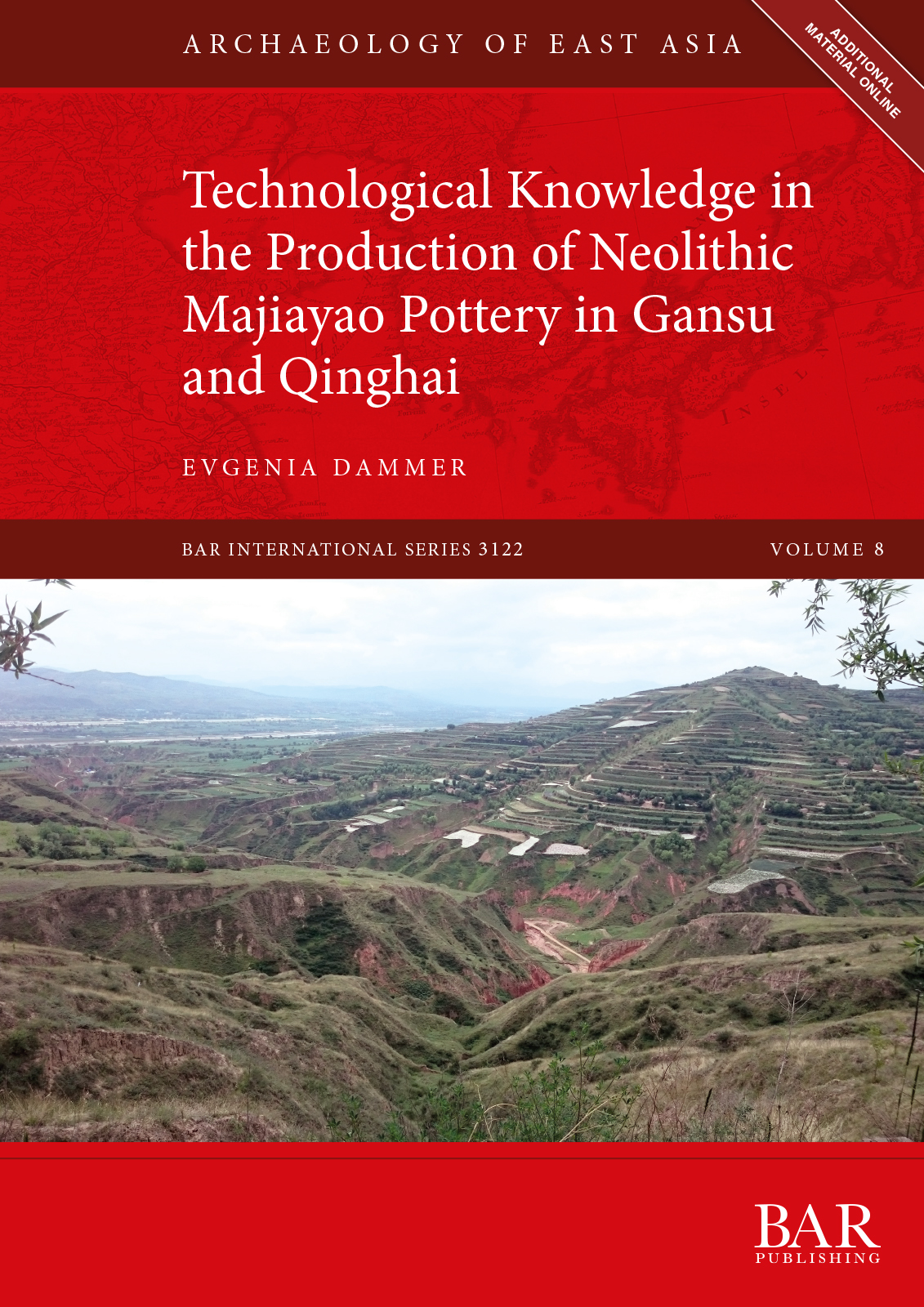SEAA shares an upcoming book presentation by Rita Dal Martello on the archaeology of agriculture in Yunnan, exploring 3,000 years of plant use, farming practices, and regional connections in Southwest China.
SEAA News Blog: China
The Esherick-Ye Foundation (note our new name) is pleased to announce its seventh annual competition for small grants of up to $6,000 to support projects in modern Chinese economic, social, and political history or in archaeology.
The Yangguanzhai Neolithic Archaeological Project focuses on one of the largest known prehistoric villages in China, dating to the Middle to Late Yangshao period (4,000-3,000 BCE). Yangguanzhai is located in the Jing River Valley, approximately 25 kilometers north of the ancient city of Xi’an in northwest China. Excavation of 18,000 sq. meters has revealed a moat, a row of cave dwellings, subterranean houses, child urn-burials, and extensive pottery kilns.
A UCLA Chinese Archaeology Workshop presented by Center for Chinese Studies, Cotsen Institute of Archaeology, Global Antiquity, and the UCLA East Asian Library. It will take place on March 28, from 1:00 PM to 5:00 PM, at Young Research Library Presentation Room.
Speakers: Tian Yaqi and Chen Aidong (Shaanxi Provincial Academy of Archaeology)
Commentators: Lothar Von Falkenhausen, David Schaberg, Li Min (UCLA)
Topics:
Recent Archaeological Study of the City Yong of the Qin State
Tian Yaqi (Researcher, Shaanxi Provincial Academy of Archaeology)
Prospective applicants should review the Luce/ACLS Program in China Studies page, the 2023 China Studies in an Uncertain Age report, and the recently launched China Digital Archives Mapping Project to understand ACLS’ goals, t
Northwest China is known for its Majiayao-style Neolithic painted pottery which has received much praise for its high level of craftsmanship, yet its chain of production, in particular the step of raw material selection, is still poorly understood. To fill this lacuna, the present study explores the raw materials used in producing these wares from a geological and technological perspective.
In China’s Metal Age, which began around 2000 BCE, leaded bronze was widely used. The additional lead distinguishes early Chinese bronze objects from unleaded objects used by most other Metal Age communities in Eurasia. This book focuses on the lead question in early China.
Horse Power will examine the complex interactions between the eastern steppe and China from the second millennium BCE to the formation of the Xiongnu empire in Mongolia and the Qin state in China after 300 BCE. To examine the connections between the steppe, Mongolia and China’s Central Plains we will combine the latest scientific techniques in genetics and metallurgical analysis with theory concerning politics and power within and between China and its northern neighbours.
The Society for East Asian Archaeology is delighted to host a virtual book talk by Dr. Elizabeth Childs-Johnson in celebration of the launch her new book, co-authored with Dr. John Major, "Metamorphic Imagery in Ancient Chinese Art and Religion". We are honored to have Dr. Thomas Michael (Beijing Normal University) and Dr. Li Min (University of California at Los Angeles) serving as discussants for this exciting event.
This book by Evgenia Dammer is the first comprehensive study of the technological knowledge needed to produce Neolithic Majiayao-style pottery (5300-4000 cal yr BP) which is famous for its painted designs in black and red. It examines the technological choices in the production of fine and coarse Majiayao-style pottery found across three river valleys, all located near the border area of Chinese provinces Gansu and Qinghai.



